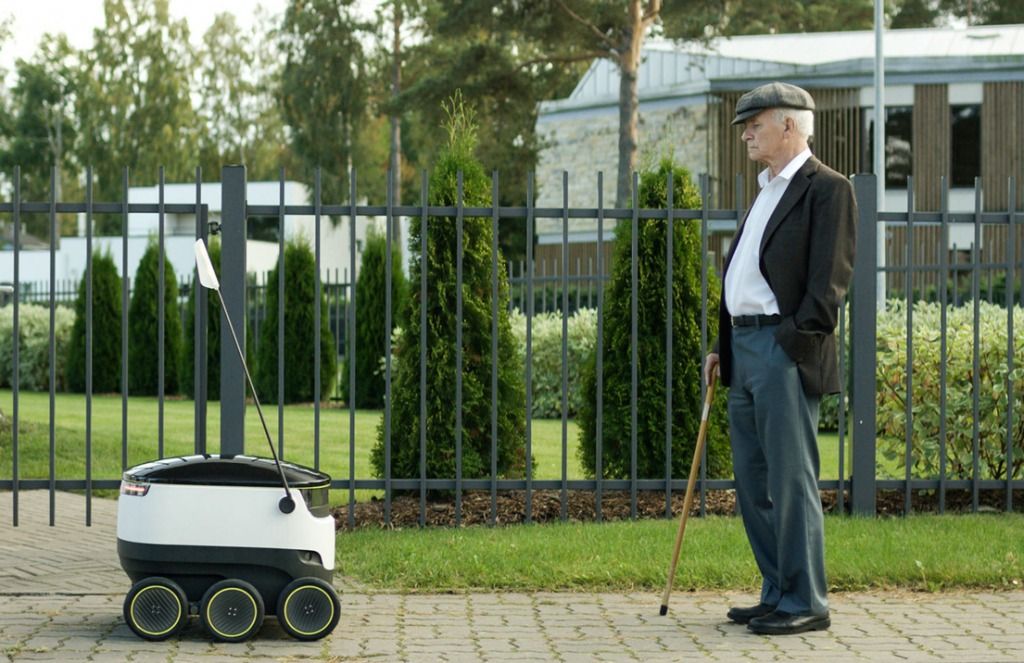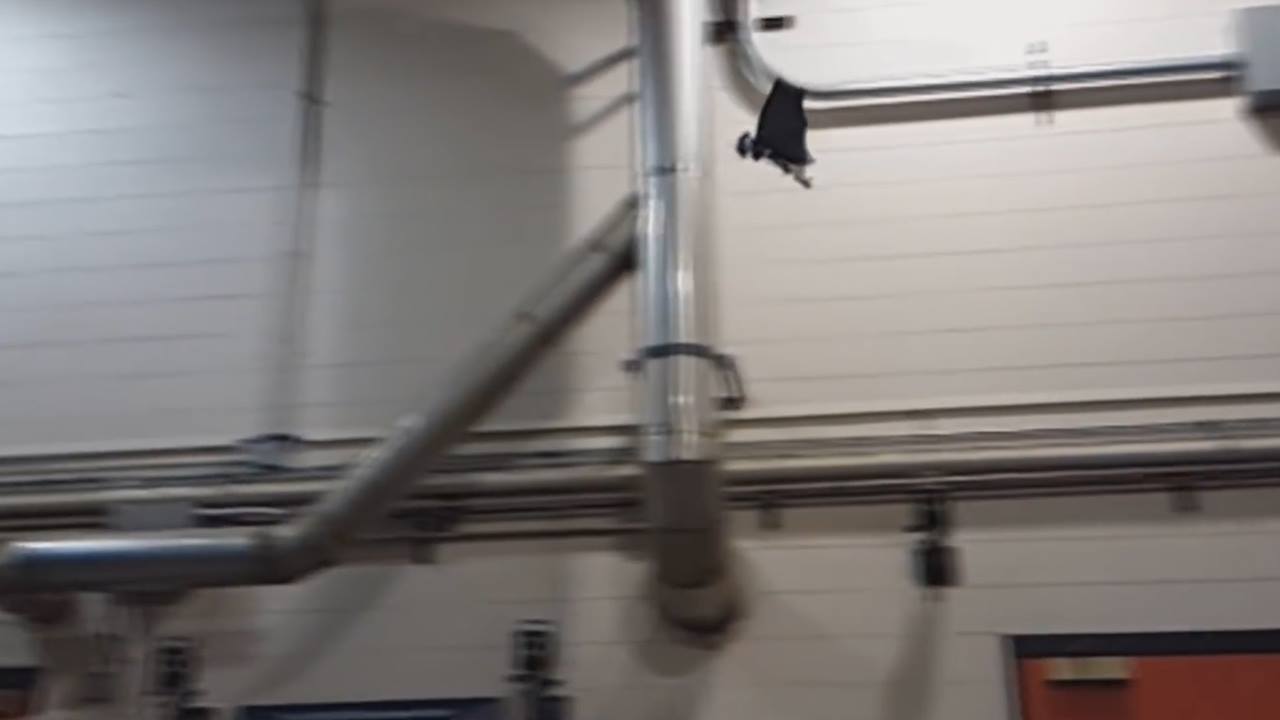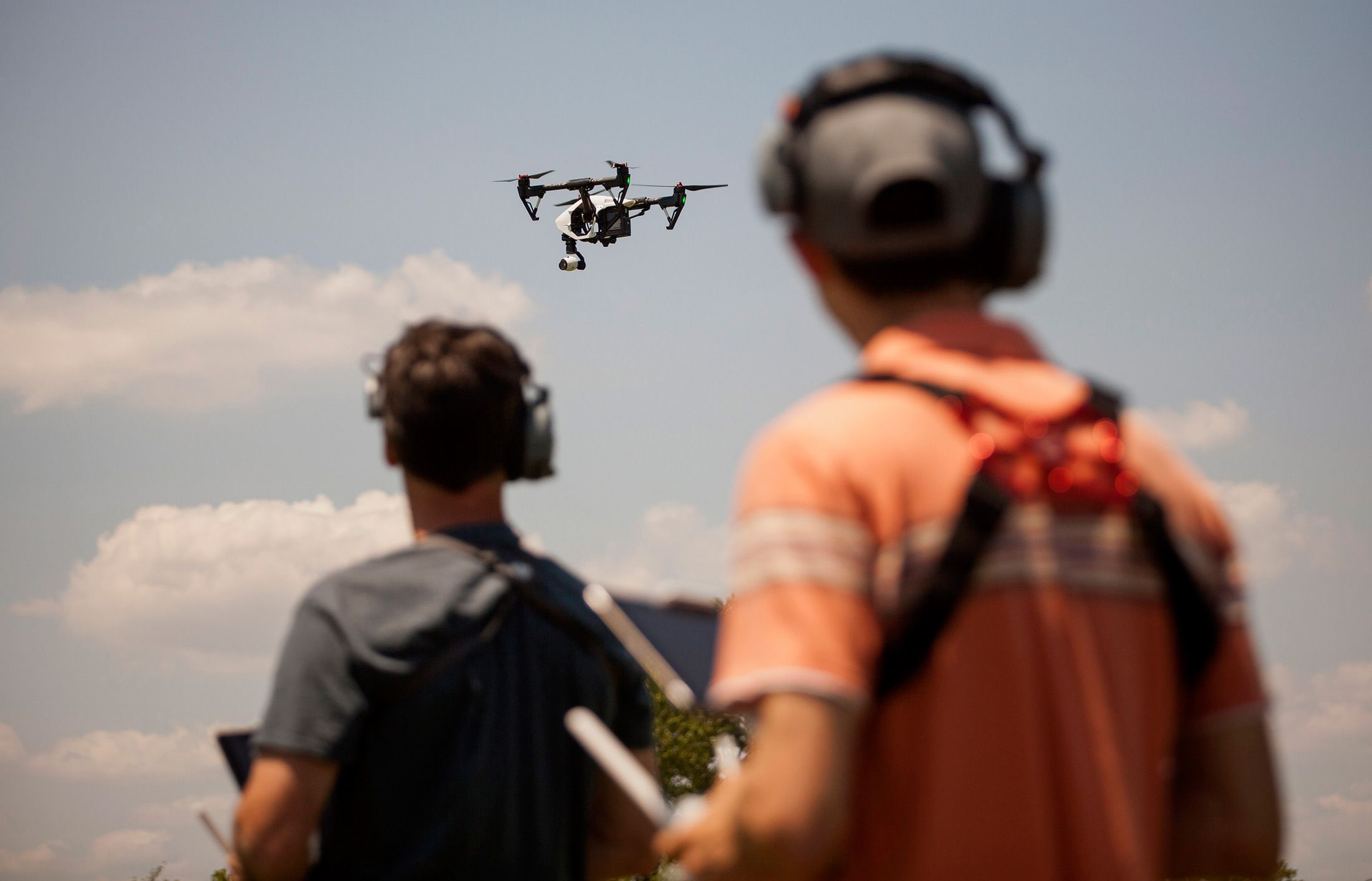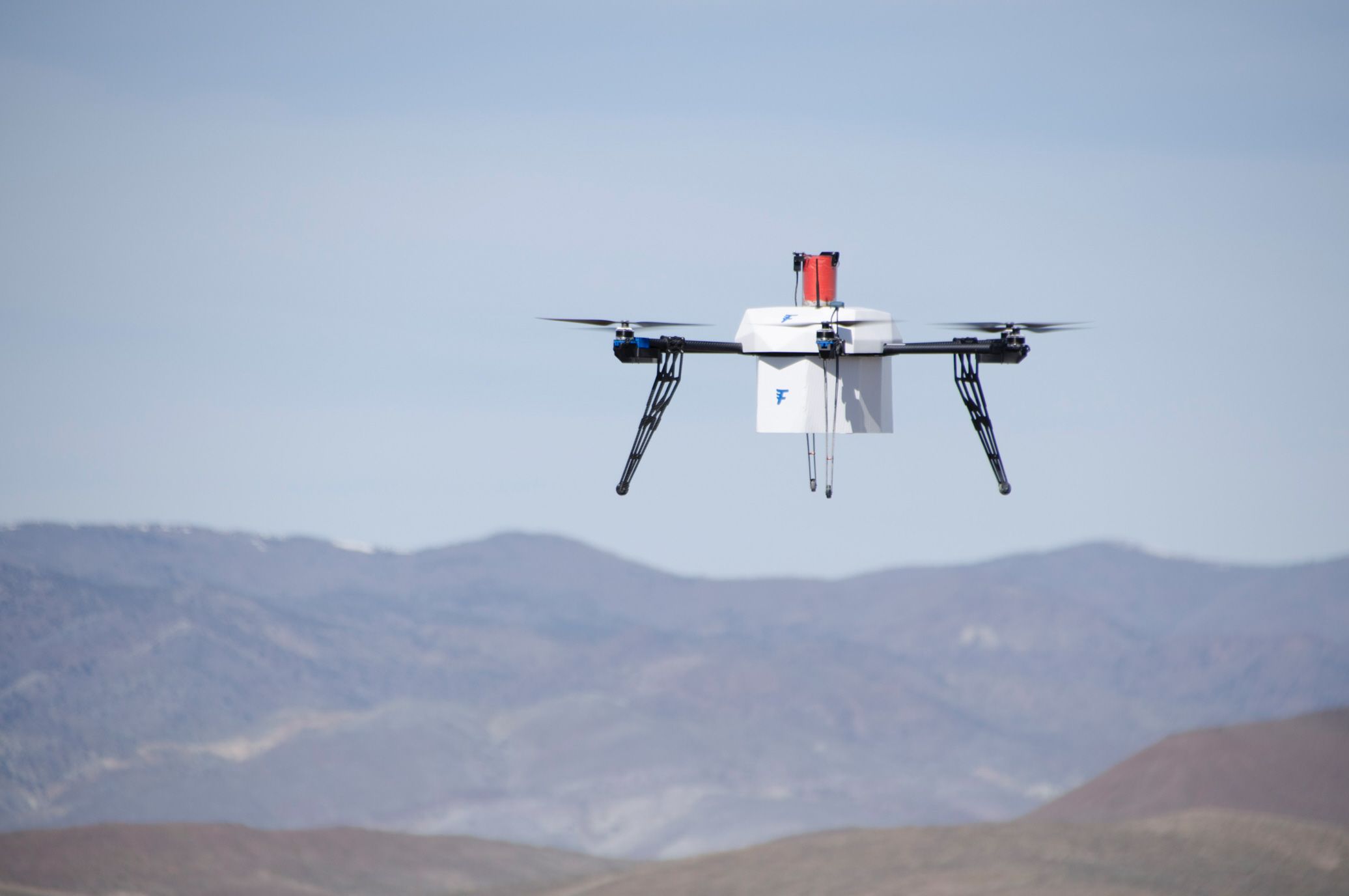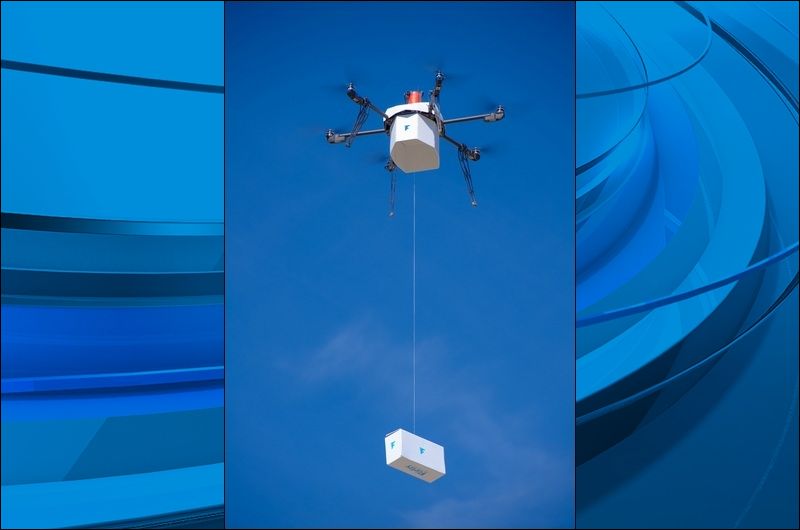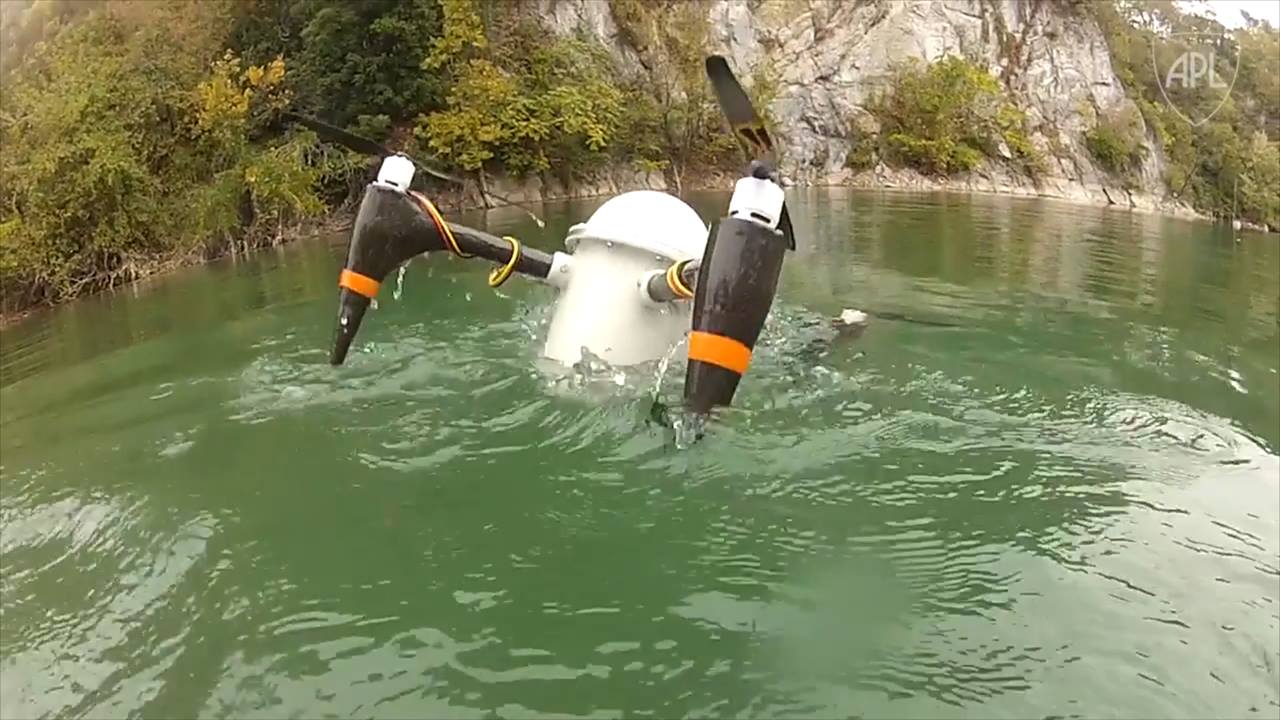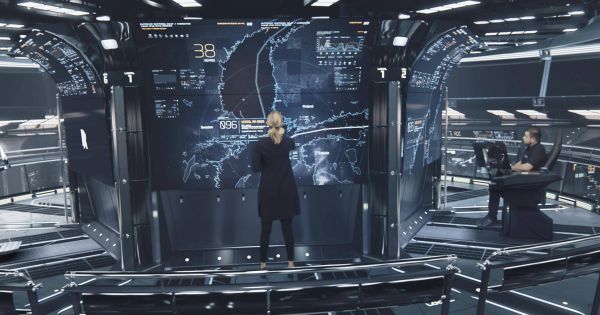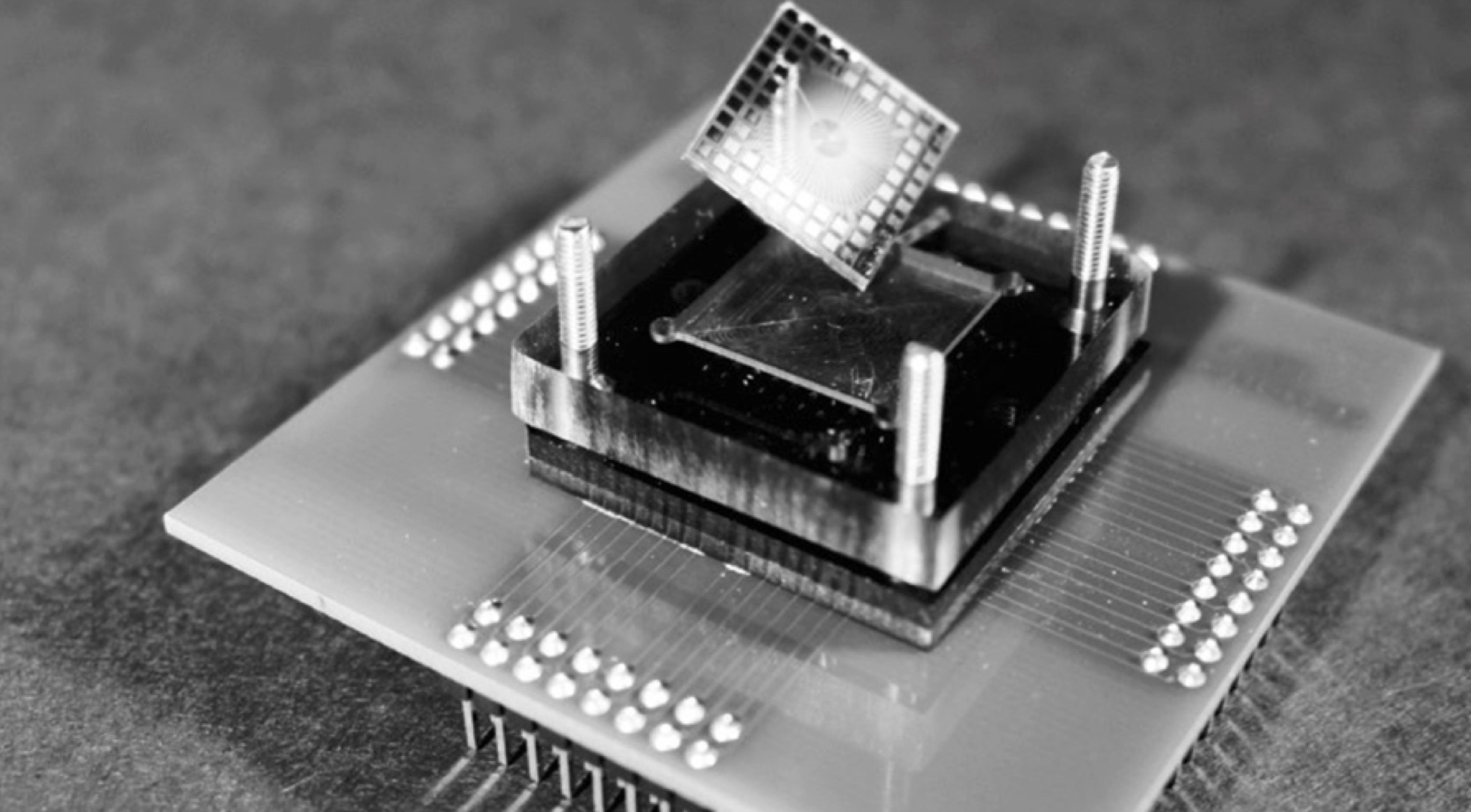We’re already seeing amazing things in the delivery services space for consumers with drones and self-navigating delivery services by companies like Dominos, etc. I cannot wait until we see more self check in hotels, resorts, and more 24×7 automated stores. Everything will be great, as long as security is great.
This self-driving robot can take the grocery-shopping burden off your shoulders and deliver your goods to your doorstep. Starship Technologies has already launched the intelligent robot and delivery trials have started in Greenwich, London.
Starship Technologies was founded by the same people who founder Skype. Ahti Heinla and Janus Friis plans to reshape local deliveries and also lend a hand in zero-emission deliveries worldwide.
This self-driving robot was first introduced in November 2015. After talks with the Greenwich local government, the first trial run of the intelligent robot debuted on March 10, 2016. Greenwich is a supporter of zero-emission transportation as well as autonomous and semi-autonomous vehicles, which makes it a great place to start.
